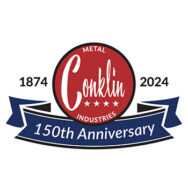Contributed by Guest Author: David A. Burd, Technical Manager, Air Distribution Owens Corning® Technical Services North American Technical Insulation
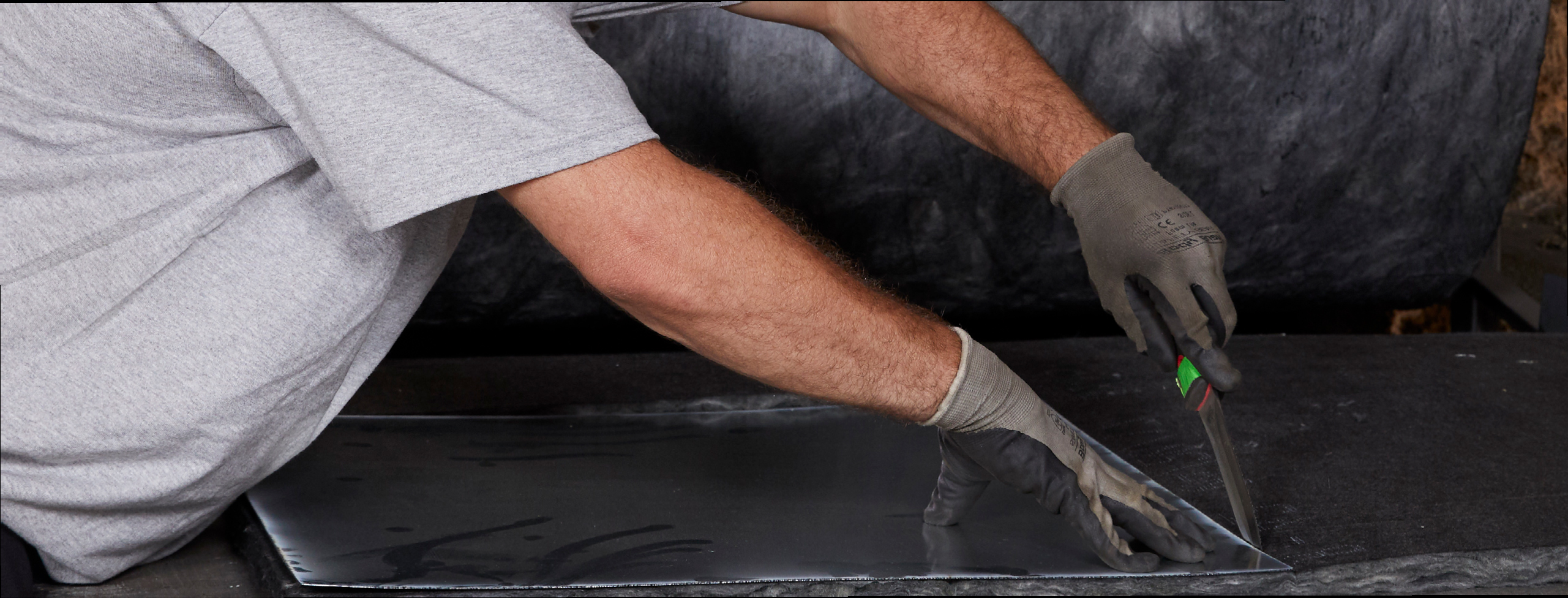
Best Choice for What?
To define what’s best, one must understand what is desired. Best thermal performance? Best energy cost savings? Best acoustic performance? Best overall bang for my buck? For example, who’s asking? The commercial building owner, the contractor, the architect, or another interested party? I can tell you this, I’m always glad when I do get asked this question because it tells me the person asking understands the importance of a building’s HVAC system as a whole and the impact the system has on thermal performance, condensation control, occupant health, fire safety, acoustic environment satisfaction, and speech privacy among other parameters. As you can tell already, there are a wide array of factors used to measure duct liner performance, and each one can bejust as important as the next.
Thermal Performance
The first thing people generally think of when talking about insulation is thermal performance. This makes sense since thermal performance, comfort, and energy efficiency are why people started using insulation many years ago in the first place. Insulation is a very important component in houses and buildings as it is the primary means used to regulate heat flow in and out of your house, building, or even the walls of your ductwork. Insulation does this by providing resistance to the flow of heat, which in turn increases the efficiency of heating and air conditioning systems. The bottom line is insulation helps maintain desired temperatures throughout your building. This allows people to make their environments comfortable while reducing energy costs. Unfortunately, the industry has made it pretty tough for anyone to select the best insulation for their needs and application unless they have abundant knowledge about what makes insulation a good insulator. There is an incredibly wide range of insulation materials available to the consumer today, and trying to sort those materials out to find the one that best suits your needs and application can be a daunting task. Some are quite efficient, and some are barely more than gimmicks. Two of the leading duct insulations, due to their insulating performance and ease to work with, are fiberglass and elastomeric foam duct liners.
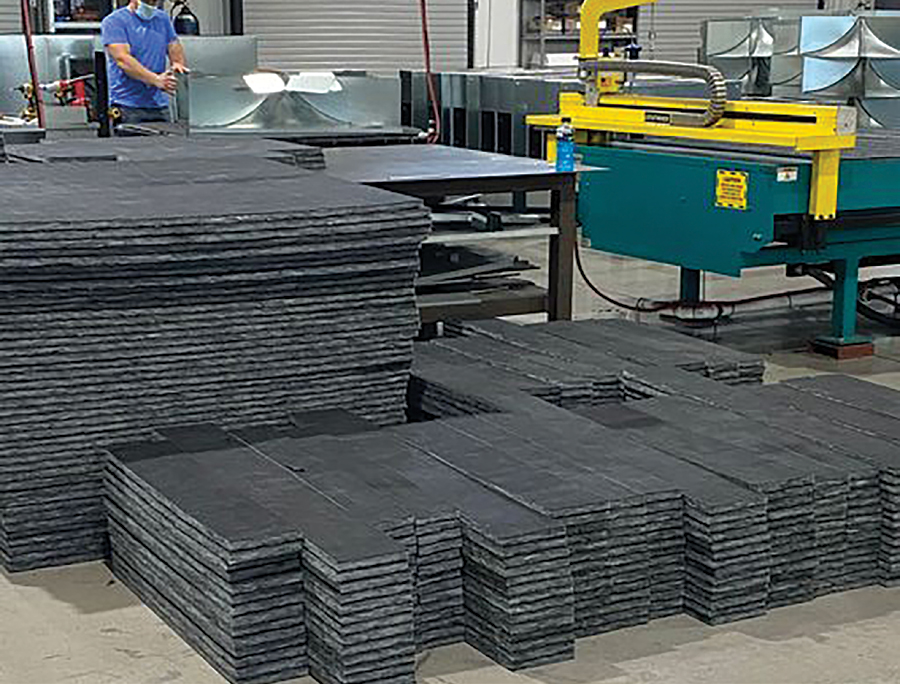
Energy Cost Savings
When people realize how much of their energy dollar goes into obtaining and sustaining a comfortable environment, it’s no wonder they seek ways to reduce that cost. Heating and cooling account for about 40% of energy costs in commercial buildings, according to the Department of Energy (DOE) and the 2018 Commercial Buildings Energy Consumption Survey provided by the U.S. Energy Information Administration.
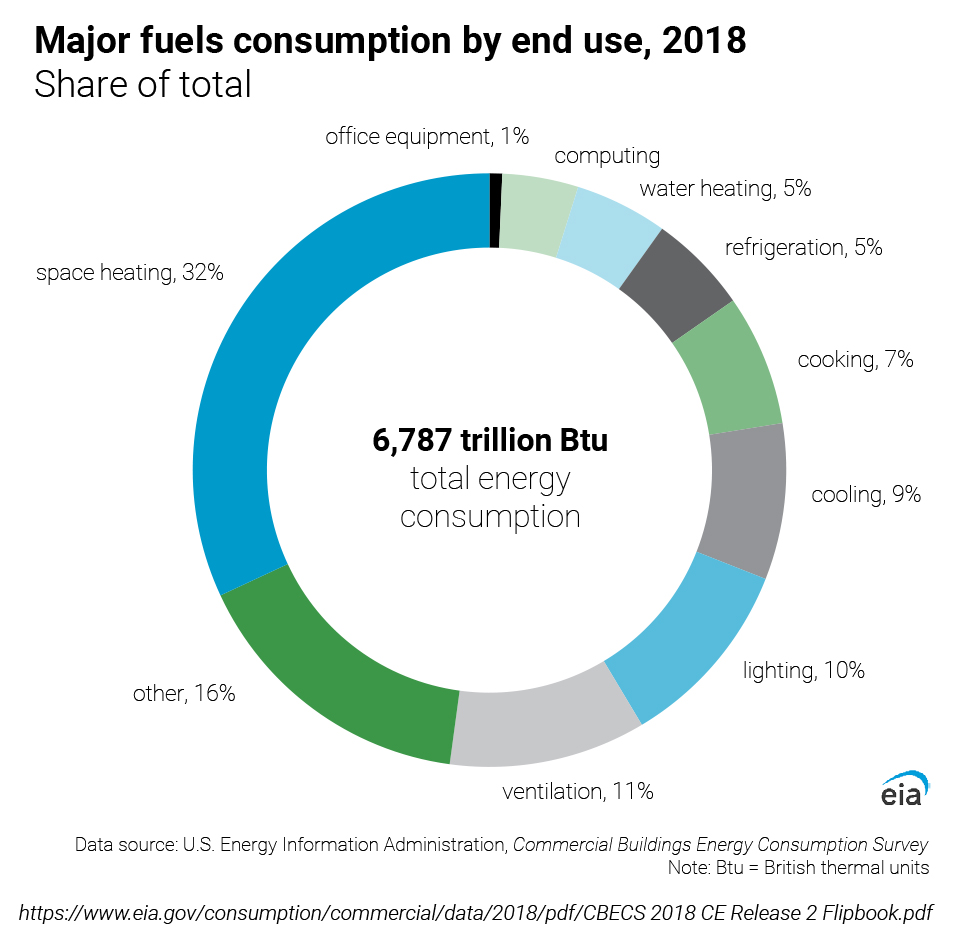
Of course, there are various codes that need to be met, and energy codes are no different. The thing about codes is that they prescribe the minimum needed to meet energy efficiency standards. Meeting those codes will help save energy dollars1 when compared to not using insulation. Just know that you can save even more of your energy dollar by going above what the code requires and installing a higher R-value insulation. The lower the k-value or the higher the R-value, the better the thermal performance. The thermal performance or R-value varies on the type of material, its thickness, and, to some degree, its density. So, we get back to the question of what insulation is best for your building? Let’s answer that question by first looking at what the differences are in fiberglass insulation and elastomeric insulation.
Fiberglass Vs. Elastomeric
Elastomeric insulation is a dense, heavy, and expensive material. Essentially, elastomeric foam insulation is a synthetic rubber composed of a closed-cell structure that diminishes its acoustic performance. Closed-cell elastomeric foam insulation does a good job of controlling condensation on cold mechanical systems but does have limitations with hot systems. Like fiberglass, because closed-cell elastomerics have a low water vapor sorption, it is a good choice to help protect ducts from corrosion. Elastomeric foam insulation can be effective at managing heat flow and condensation control for the life of the duct system. It is important to note, however, that it is critical that the duct is constructed in such a manner to ensure it is effectively sealed because, at the end of the day, regardless of what the duct liner material is or even if it’s not insulated at all, if dust and other contaminants, which are food sources for mold, enter the duct, and moisture comes into contact with the dust/contaminants, mold growth can occur.

Acoustic Performance
Fiberglass insulation is lightweight, versatile, and cost-effective, making it a practical option for both residential and commercial use. Fiberglass insulation is insusceptible to burning and moisture because it is made of glass. Upfront, it’s a lower cost product that can be installed cost effectively when compared to other insulation materials. Fiberglass insulation is also very effective in reducing system and room-to-room noise. By the nature of the glass fiberizing process, the glass fibers create pockets of air, which are instrumental in the way fiberglass insulation performs thermally and acoustically.
The Total Cost
Let’s talk specifically about duct liner insulation. Owens Corning Fiberglass Rotary Duct Liner is made of fine, stable, and uniformly textured inorganic glass fibers bonded together by a non-water soluble and fireretardant thermosetting resin. The Rotary Duct Liner is available in 1.5 pounds per cubic foot (pcf) density and ranges from ½-inch to 2-inches thick, which provides an R-value of 2.2 to 8.0. As well, there is a 3.0 pcf density product that is available in 1 inch (R-4.3) and 2 inches (R-8.7). This product line is made with 53% recycled content as certified by SCS Global Services, and is UL Certified as GREENGUARD Gold for low chemical emissions. Additionally, the fiberglass duct liner has an EPA-registered biocide that protects the airstream surface from microbial growth and meets the requirements of ASTM C1338 and ASTM G21, and has received a Health Product Declaration.
Owens Corning Rotary Duct Liner products are rated by Underwriters Laboratories (UL) to air velocities up to 6,000 feet per minute (fpm). This rating is obtained by subjecting a lined duct to air velocities 2.5 times the listed rating for 5 hours. What this means is the products were tested at an air velocity of 15,000 fpm, which is approximately 170.45 mph, substantially well above the normal commercial HVAC air flow of 1,000 to 1,300 fpm. Just to give you an idea of how the test is performed, a particle collection screen is secured at the end of the duct and is examined for macroscopic particles at the end of each hour during the test period. The liner cannot erode or release fibers or particles greater in number than the previous hour, which proves the integrity of the liner in extreme conditions.
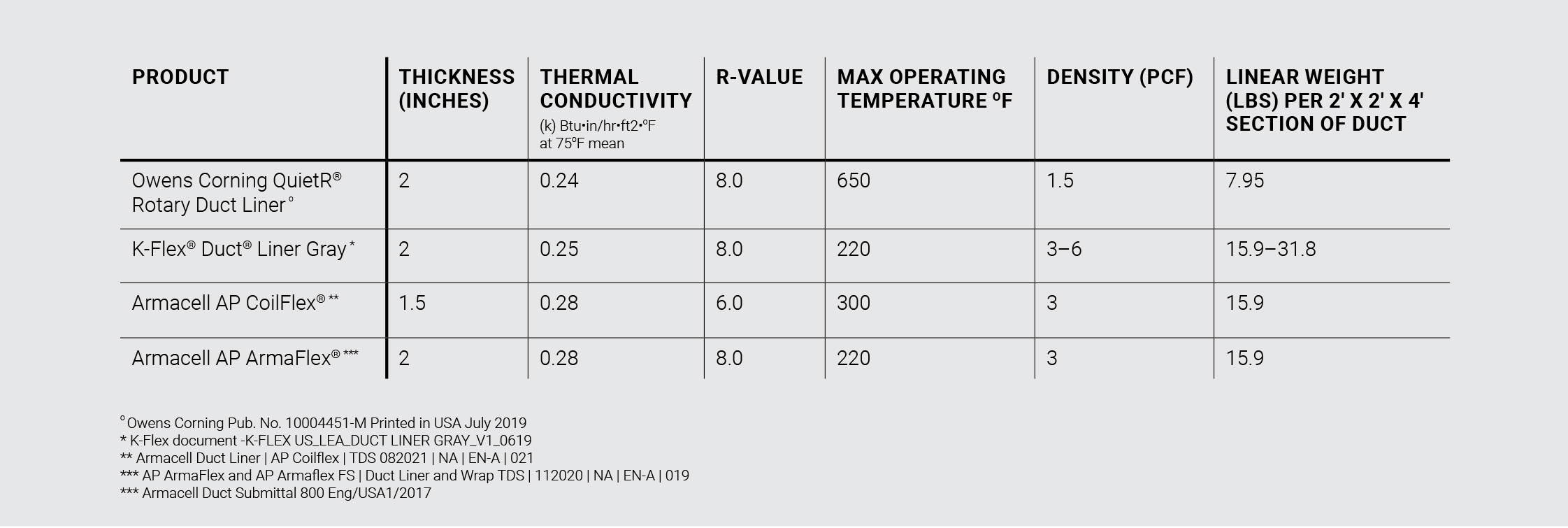
When speaking about thermal performance, both fiberglass and elastomeric foam duct liners get the job done. There is real and tangible value in trying to find the best insulator. Not just in the result of reducing energy cost but in the upfront costs, such as insulation purchase price and contractor costs associated with installing an insulated duct.
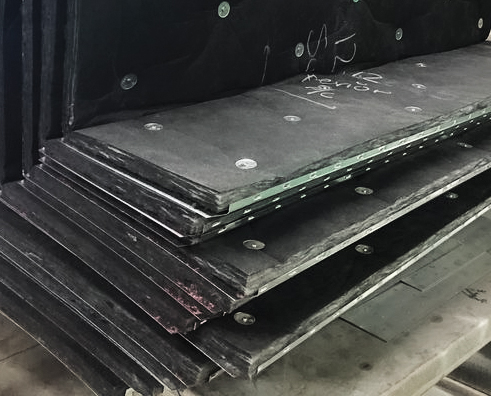
But there are factors to consider between the two material types. Due to the nature of elastomeric foam, it is heavily dependent on density for thermal performance, which means added weight to the duct system. That isn’t the case for fiberglass insulation since a primary thermal performance factor for fiberglass insulation is thickness. Weight plays a role in duct design and is a major consideration especially in view of the additional costs associated with the need to provide additional support systems. At 3.0 pcf for elastomeric foam, the weight is essentially doubled to obtain the same thermal performance of R-value when using elastomeric duct liner versus fiberglass duct liner at 1.5 pcf. One likely advantage elastomeric has over fiberglass is in the installation process. Many elastomeric liners have an adhesive already applied to the liner, which can eliminate the need to use mechanical fasteners. The problem comes when the sheet steel has a protective oil film on the surface. If this oil is not removed, it can compromise the ability of the elastomeric liner to effectively adhere to the sheet metal duct, which then leads to potential thermal holes, heat loss or gain, and ineffective condensation control. Furthermore, the low permeability of elastomeric can be a liability if the fabrication process includes a water-jet cutting system. Since neither sheet metal nor closed-cell elastomeric insulation can “breathe,” should any process water be present between the sheet metal duct and the elastomeric duct liner, it becomes essentially trapped, which can lead to water/moisturerelated problems down the road. Whereas, if fiberglass duct liner is subject to the same water-jet process, the process water is able to evaporate into the air, thus mitigating any water-related problems or mold growth.
